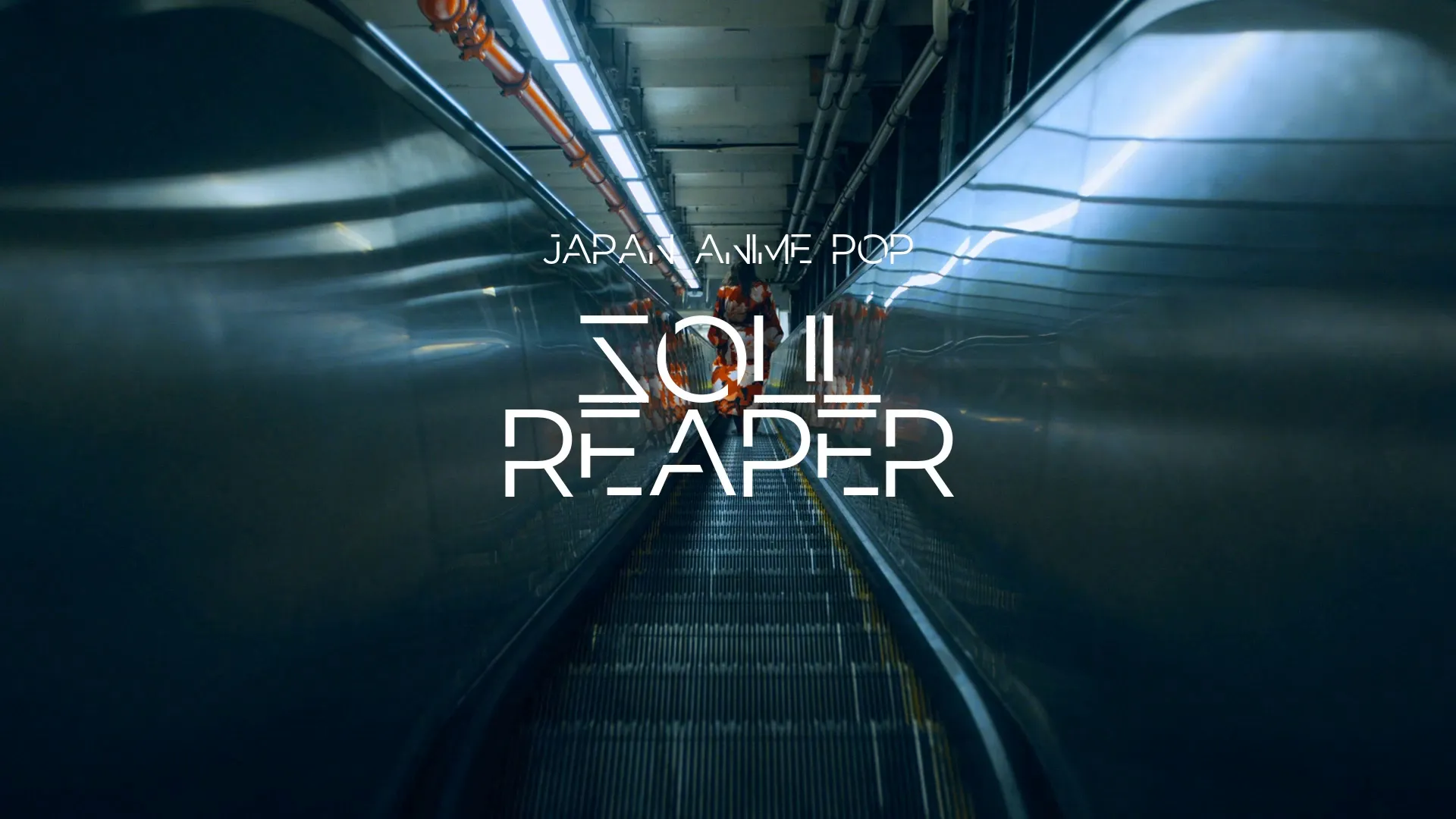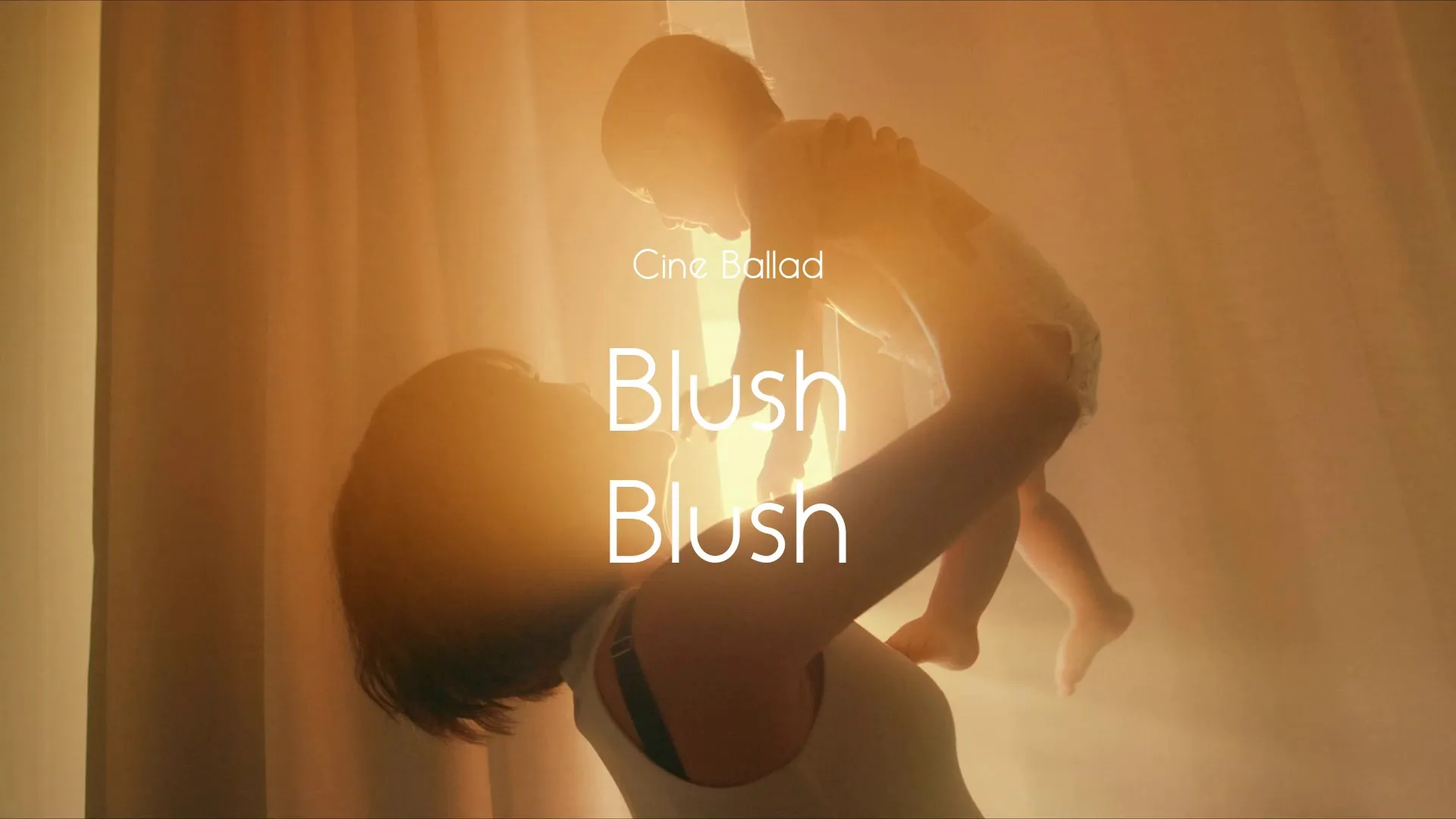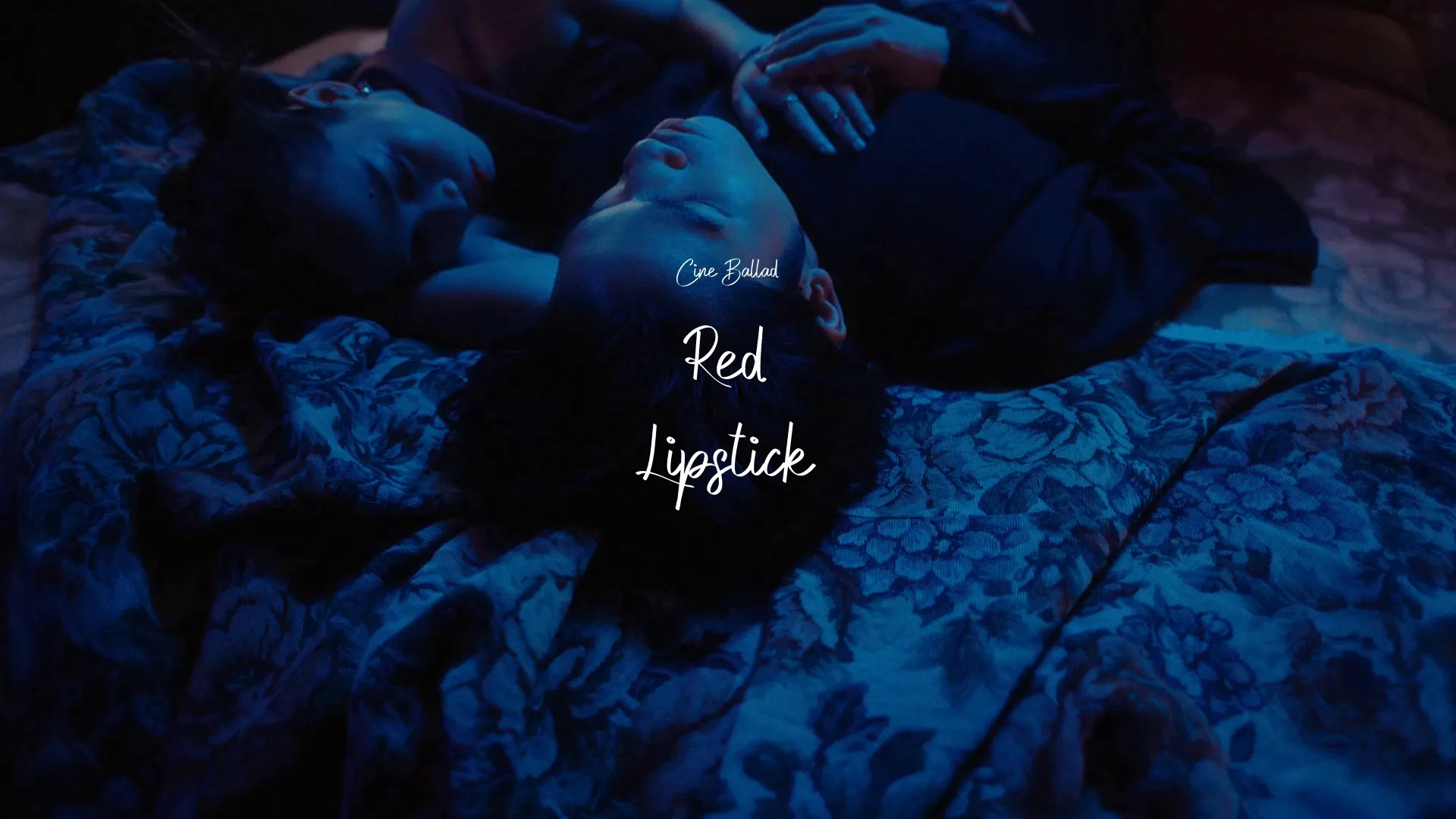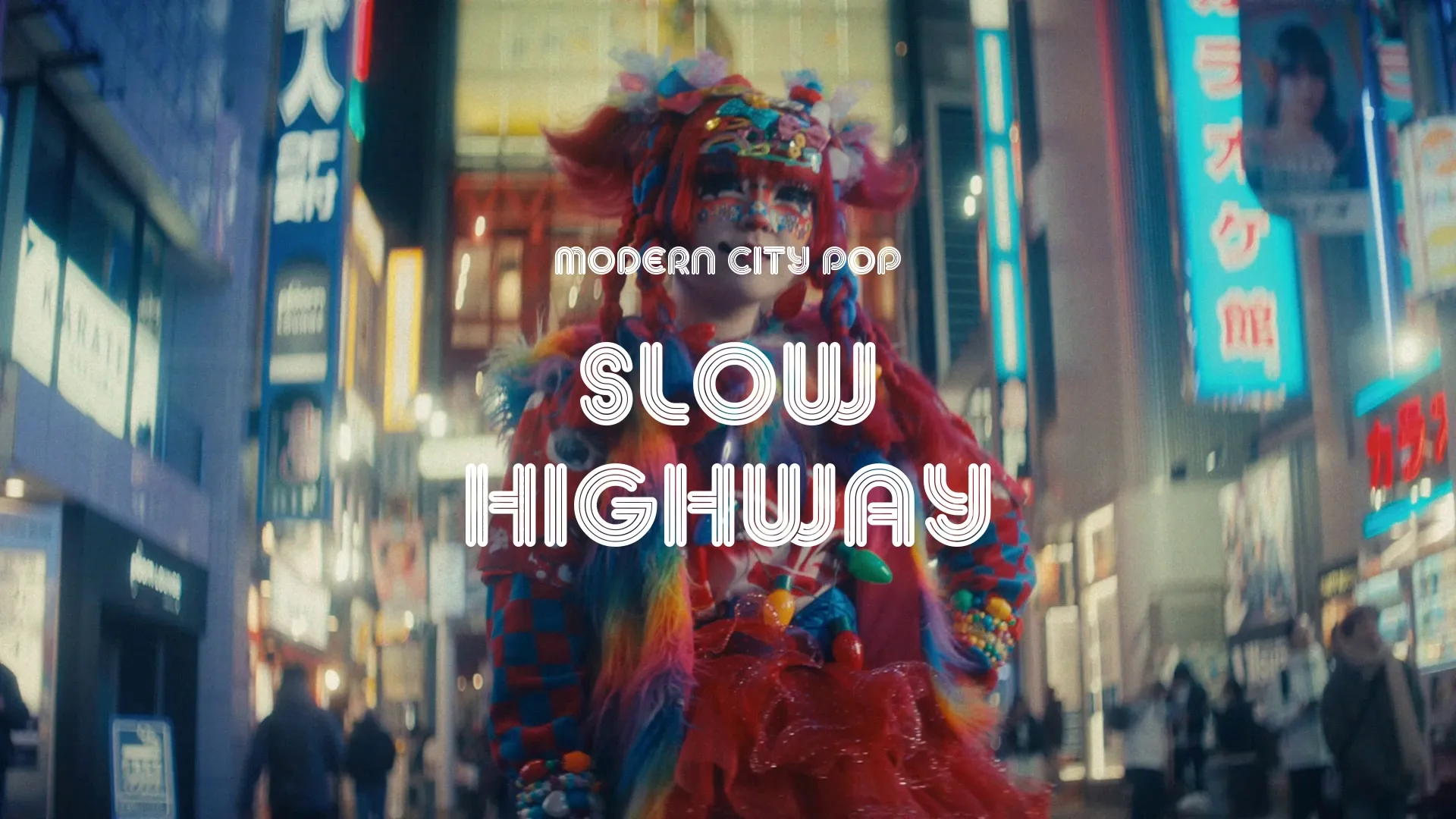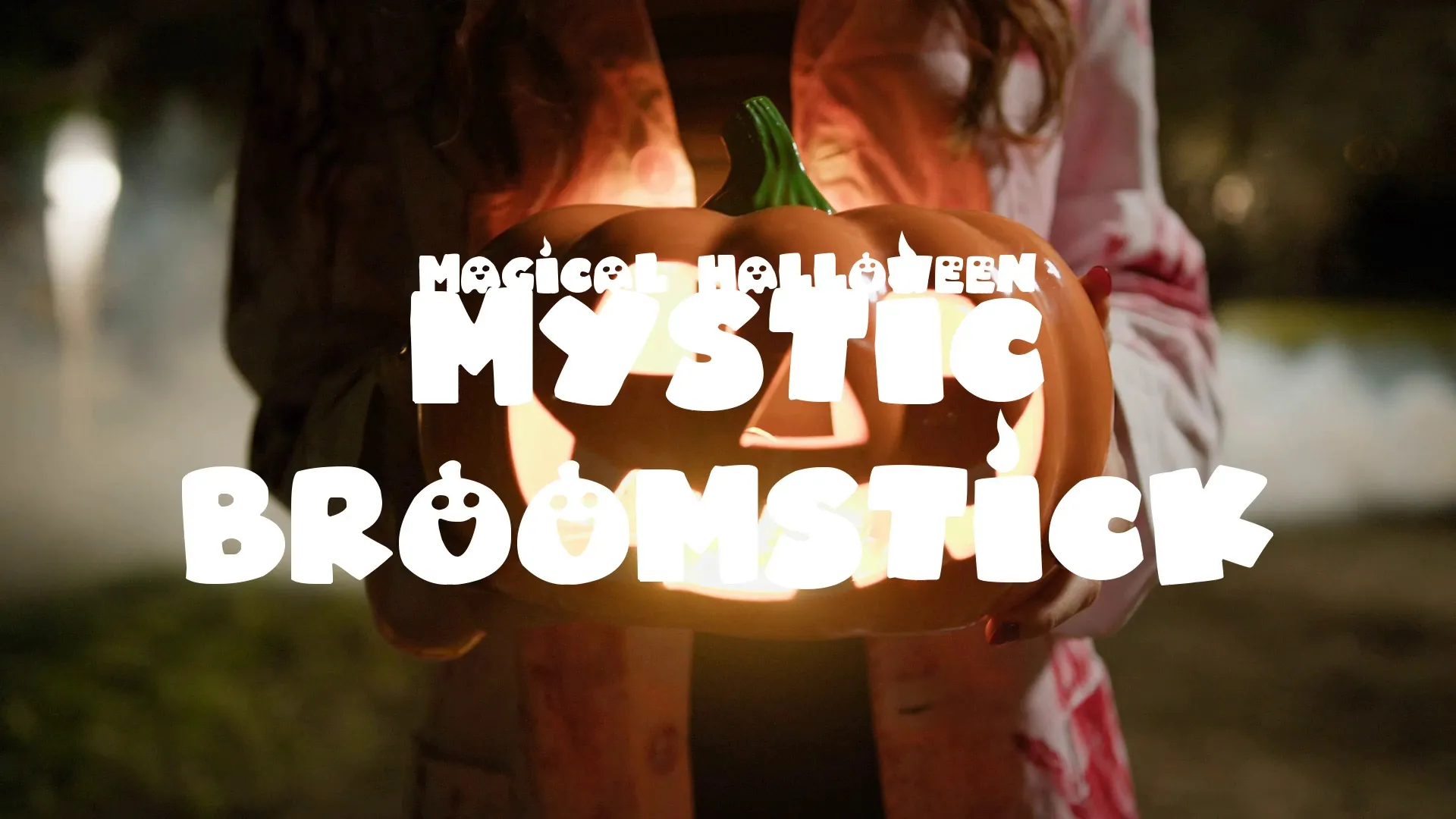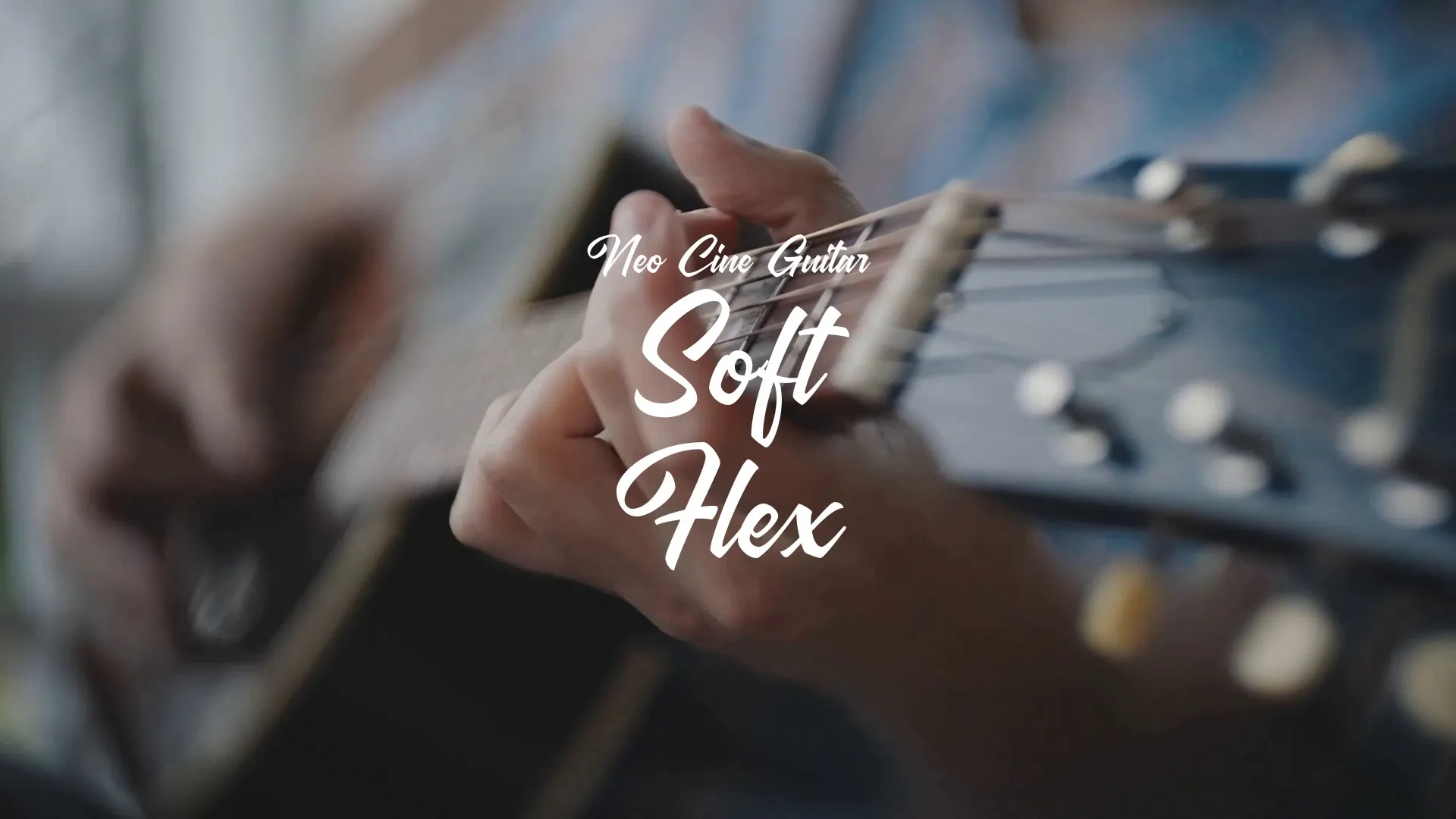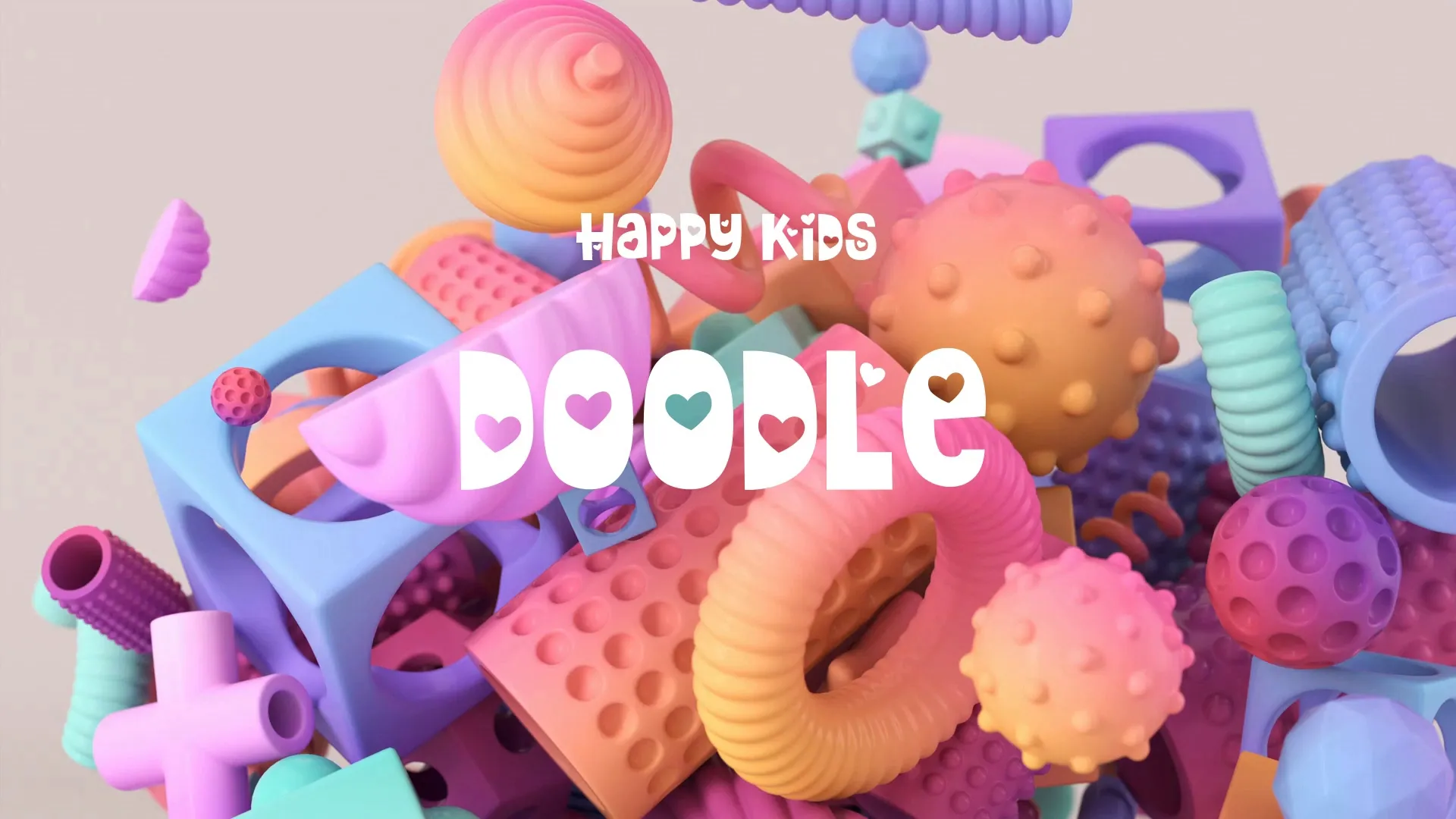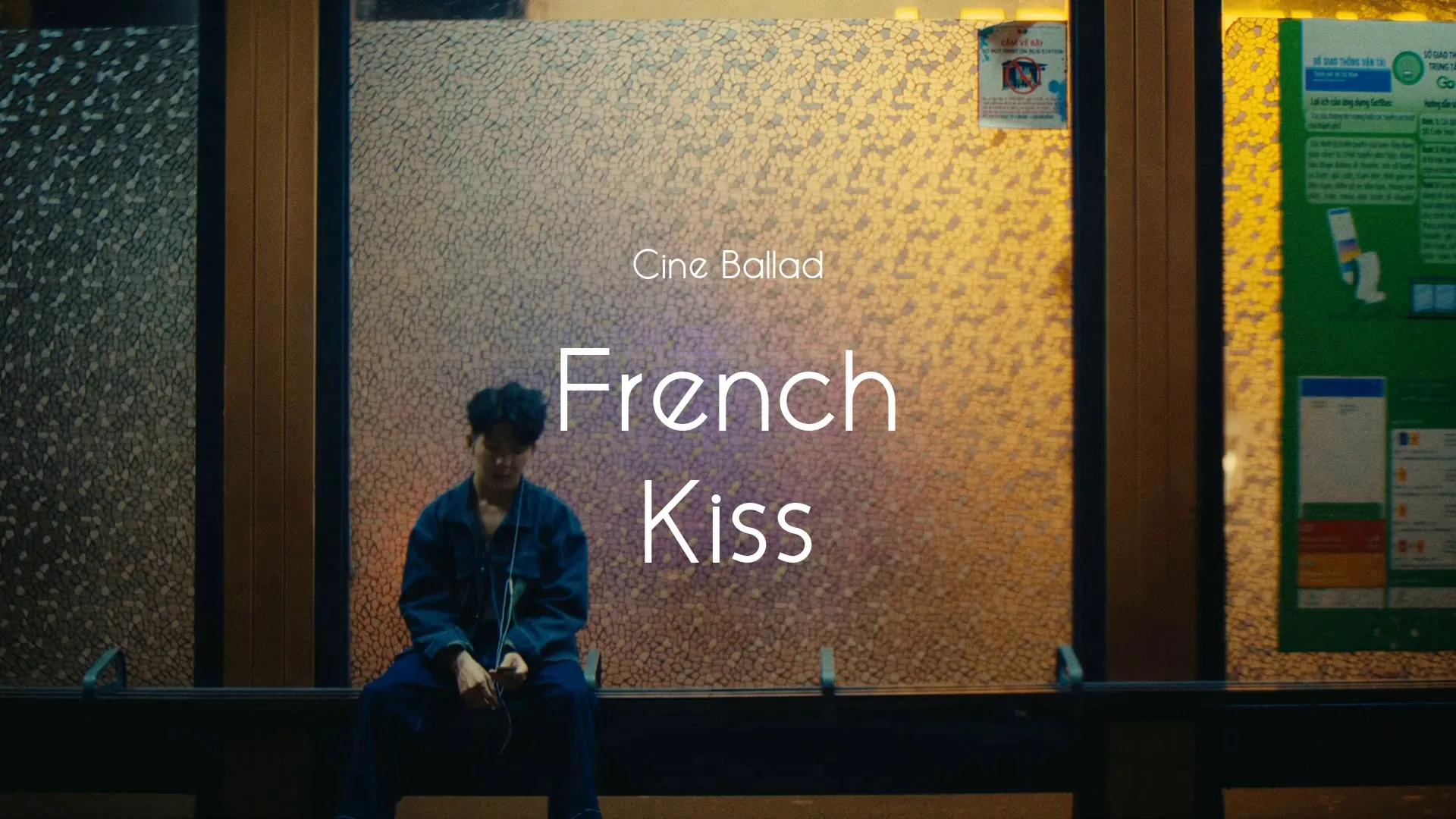17 Ways to Minimize Cognitive Load in Your Game UI
Alright, buckle up buttercups, because we’re diving headfirst into the gloriously chaotic world of game UI! Ever felt your brain melting faster than an ice cream cone in the Sahara while navigating a game menu? Yeah, me too. That’s cognitive load, baby, and we’re about to dismantle it like a disgruntled goblin dismantles a perfectly good cart. Get ready for a wild ride, because we’re about to make your UIs so intuitive, even your grandma could play Elden Ring. (Okay, maybe not Elden Ring, but she’ll understand the pause menu).
1. The Tyranny of Too Much Information: The UI Black Hole
Have you ever stared at a screen crammed with so many icons, meters, and flashing lights that you felt like you were trapped inside a pinball machine designed by a caffeinated squirrel? That’s cognitive overload. It’s the UI designer’s equivalent of a chef accidentally adding every spice in the cabinet to the same dish, then setting it on fire for extra… flavor?
It’s a recipe for player frustration, not culinary delight. Players are forced to process excessive information, which distracts them from the core gameplay loop. Think Star Citizen on a bad day - a beautiful, ambitious mess of interfaces.
The Fix: Prioritize, my friends, prioritize! Ask yourself, “What information is absolutely essential at this moment?” If it ain’t crucial, chuck it! Think of it as Marie Kondo-ing your UI: "Does this icon spark joy? No? Thank you, next!" Use progressive disclosure to reveal more information as needed. Reduce the on-screen elements to the bare minimum required for immediate gameplay.
Challenge: Determining what is essential can be tricky. Overcome it by playtesting your game rigorously and gathering player feedback.
2. The Mystery Meat Navigation: Where Am I?!
Imagine you’re in a foreign country, blindfolded, and armed with a map written in ancient hieroglyphics, and every street sign is a riddle. That’s what it feels like when a game’s navigation is confusing and unintuitive. Players should know exactly where they are and how to get where they need to go, without feeling like they’re participating in an escape room designed by a sadist.
No one wants to spend more time deciphering the UI than actually playing the game. This is a common pitfall for indie developers who haven’t focused on UX principles, or AAA devs who’ve forgotten what “intuitive” means.
The Fix: Obvious is good. Predictable is better. Use clear labels, standard iconography (a gear icon always means settings, people!), and consistent placement. Think breadcrumbs or an intuitive table of contents. A great example is Hades. The game’s menus are clean, responsive, and logically organized, making it easy to upgrade your character, check your stats, or change settings without feeling overwhelmed. Even dying over and over feels less painful thanks to the streamlined UI.
Pitfall: Creating a unique navigation system for the sake of being unique. Instead, prioritize clarity and ease of use over novelty.
3. The Legend of the Unreadable Font: Squinting Simulator 2024
Tiny fonts, bizarre font choices that look like they were designed by a gothic gargoyle, and illegible color contrasts are the bane of any gamer’s existence, especially those of us with aging eyes (guilty!). If players have to squint and strain to read your text, they’re going to rage quit faster than you can say “ophthalmologist appointment.”
It’s like trying to read a book printed on sandpaper in a dimly lit cave. Visual accessibility is critical for inclusive game design and not making your players feel ancient.
The Fix: Choose fonts that are clear, crisp, and appropriate for your game’s style. Ensure sufficient contrast between text and background. Allow players to adjust font size, and for the love of all that is holy, AVOID overly ornate fonts that look like they were designed by a drunken calligrapher. Games like The Last of Us Part II offer extensive customization options for text size and color, improving accessibility for players with visual impairments. Plus, it’s just plain thoughtful!
Challenge: Balancing aesthetic with readability. Pick fonts that complement the game’s art style without sacrificing legibility.
Create a free account, or log in.
Gain access to free articles, game development tools, and game assets.







